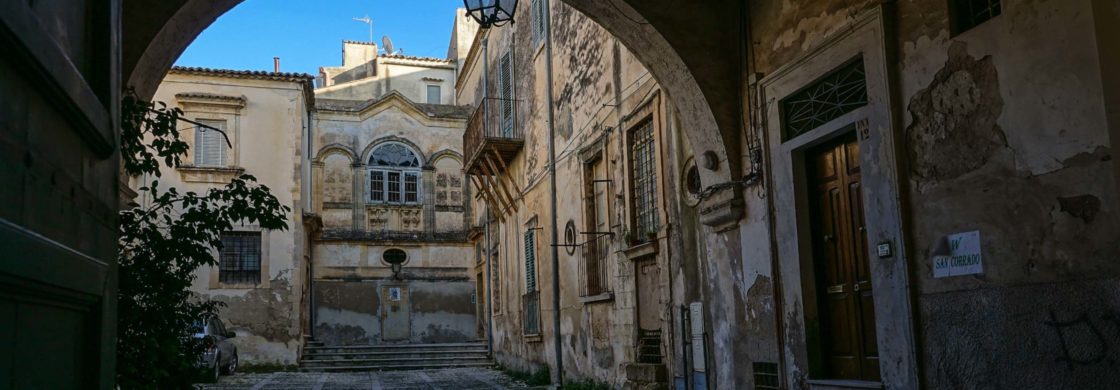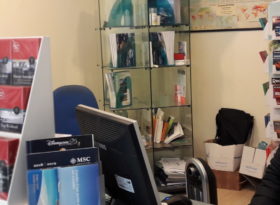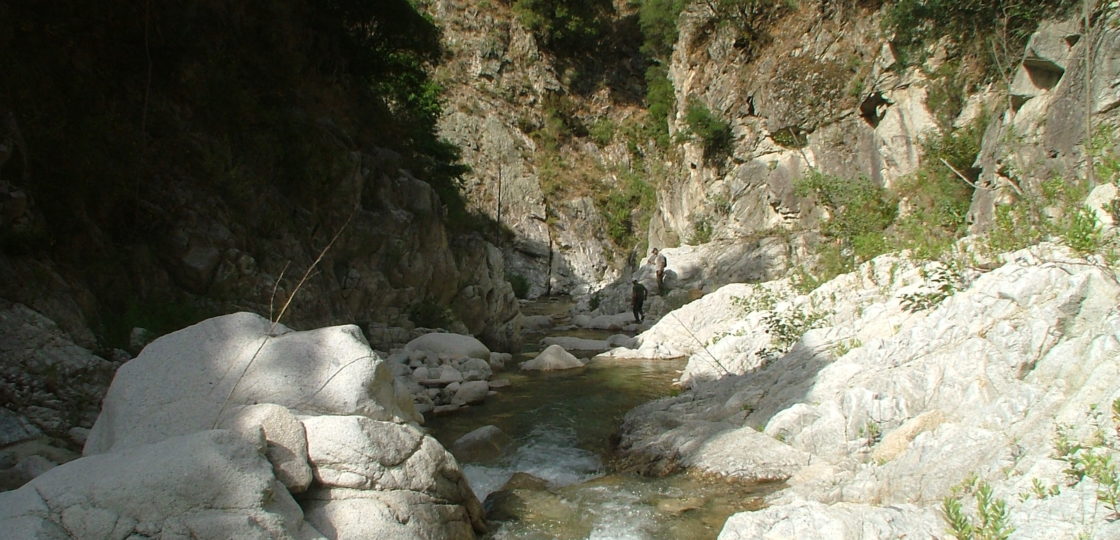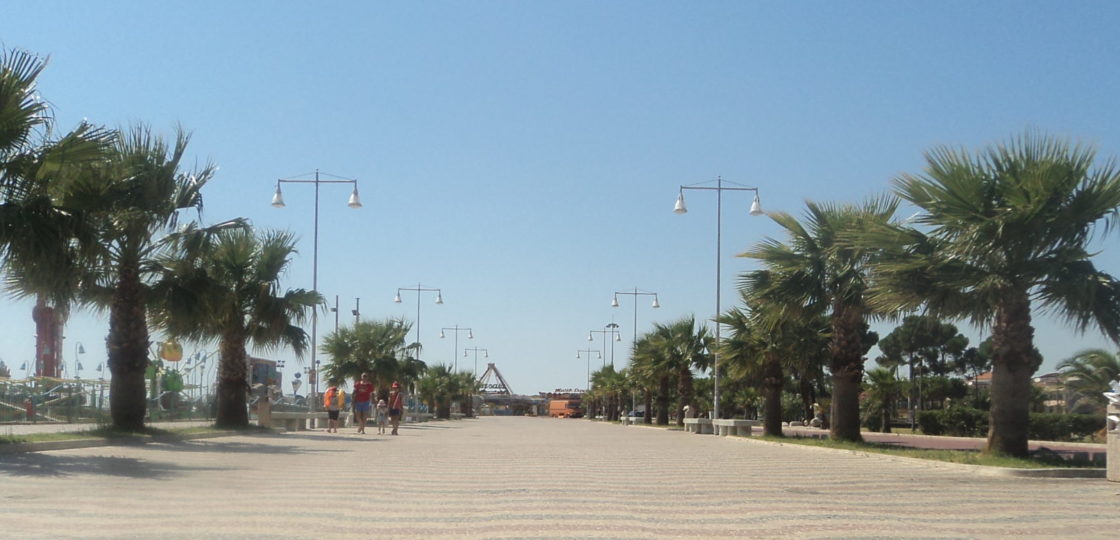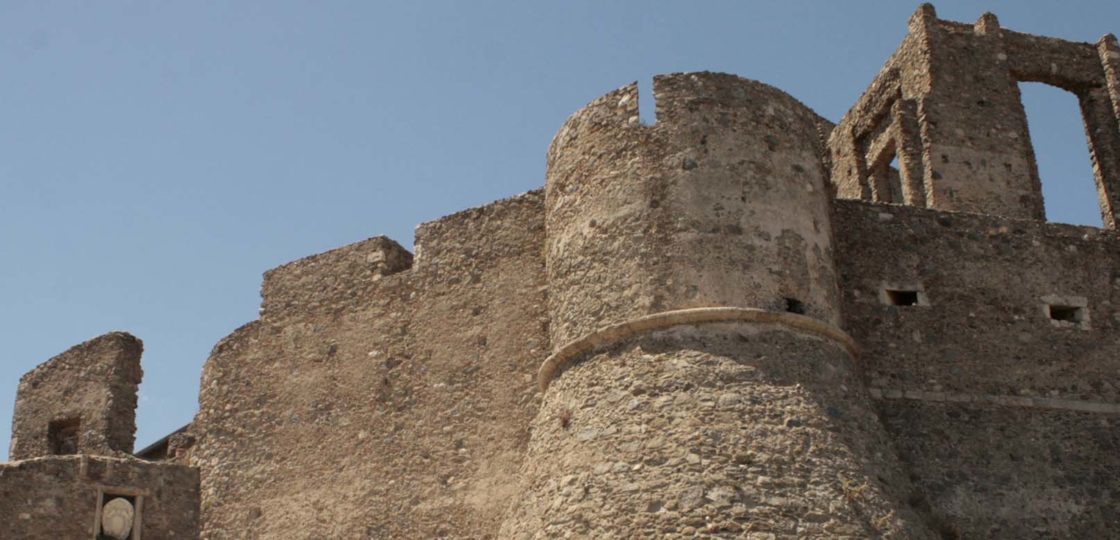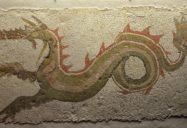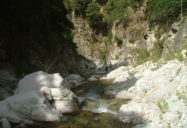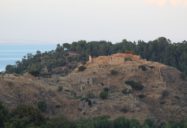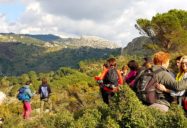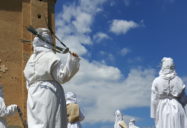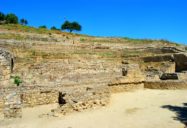
Nestled in the fertile exuberance of the Amato hill arises San Floro, a village rich in the rediscovered flavours and scents of ancient traditions. This land is both a point of departure and a destination in itself, welcoming all with smiles, traditions and a great sense of folklore.
A bit of history
According to some sources, the San Floro village has its roots in prehistory, specifically in the Neolithic. Certain archaeological findings reveal that, millennia prior, it was the Magna Graecia colony of Scolacium, the city of noted politician and scholar Cassiodorus. The conquerors intended to exploit the great potential of this territory, being then – and now – bordered by orchards with expanses of vegetation suitable for rearing livestock and flourishing wood-rich forests. The area went on to become the farmstead of Squillace until the 15th century, when the Strivieri family stepped in, followed by the Mangione, the Marincola and finally the Caracciolo family. Unfortunately in 1783, the village was brought to its knees by an earthquake, resulting in the destruction of the Santa Caterina Church and the death of many inhabitants. During the French domination of the Kingdom of Naples, San Floro became an autonomous municipality. Following a decree in May 1811, it was assigned to the Borgia district, a conferral that remained in place even after the restructuring ordered by the Bourbons in 1816.
La Calabria da visitare tutto l’anno
Wandering around the village
There are 699 inhabitants in this area enriched by a hospitable spirit, with small houses of ancient construction lining the laneways of cobblestones and sanpietrini.
In Piazza Marconi stands the San Nicola Church, having been first constructed in 1560. Gazing upon the exterior, one notices how the façade is split in such a way as to highlight the pointed arches and the niche by which it is dominated. Internally, the main nave is characterised by a vaulted ceiling, whilst the walls are elegantly adorned with frescoes by the local artists Fodaro and Ortona. Of particular value is the silver reliquary safeguarding the remains of San Floro, as a tribute from the Duke of Caracciolo in the 16th century.
On the opposite side of the church rises up the Castello Caracciolo, presumably dating back to the 10th century. The fortress, once the summer residence of the Duke of Girifalco, is characterised by a rectangular layout bounded by four towers and a curtain wall. Within this regal setting, today stands the Silk Museum, housing sacred vestments, ancient damasks and wedding gowns. San Floro has an ancient and profound relationship with Sericulture and consequently with silk. Hence, together with part of the Catanzaro territory, the largest European production hub of this precious fabric was founded at the turn of the 18th and 19th centuries.
Today, a short distance from the village is an enchanting Mulberry plantation run by the Cooperativa Nido di Seta, overseen by brilliant young Calabrians dedicated to enhancing the richness of the native land, overseeing the entire silk farming supply chain. Visiting the Cooperative offers an insight into the entire transformation process of the most precious thread in the world and how it can be used to create a finished product. These are not the only young people to have expressed a deep love for San Floro.
Stefano Caccavari’s family garden is proof of this. Focus is on the enhancement of neighbouring farmland that was destined to be used for landfill but today, thanks to the initiative of this young man and his supporters, now produces seasonal fruit and vegetables with crops produced without the use of pesticides and chemical fertilisers. Another correlated project is that of Mulinum, an ancient mill with a natural stone that grinds the organic Calabrian wheat in its purity, seeing the total transformation of the grain into flour. This low-yield wheat retains minimal gluten content and generates a finished product with an authentic flavour, just like “nonna’s bread”.
Attractions
San Floro all year round
This hillside village, not far from the perfumes and colours of the Ionian Sea, offers simple and authentic delights 365 days a year.
Each spring at Easter time, the solemn rituals of Holy Week are celebrated. With great sorrow and passion, the confraternities and locals relive the lead-up to the crucifixion of Christ, the peak of joy and enthusiasm reached upon the Cunfrunta, the moment in which the figures of Jesus and the Madonna meet.
On the first Sunday of May, the saint after whom the town is named is honoured, through the ritual of penitence vows offered to San Floro. It is said that in 1763, a tragic plague epidemic spread throughout the Kingdom of Naples which, despite numerous sanitation operations, ceased only following a penitential ritual undertaken by the San Flora locals, who asked forgiveness for the sins committed. Since then, the inhabitants of the village hold a fascinating and emotional event each year, repeating these vows of penitence in the main church, being dedicated to San Nicola, bearing a crown of thorns and the great faith and devotion that binds them to the saint.
Another moment in which San Floro comes to the forefront is on 18th August, when the citizens honour their patron saint with a solemn mass and a procession through the streets of the village.
To enjoy during the warmer months of the year, just a few dozen kilometres from the village are the beautiful beaches, bathed by the deep blue waters of the Ionian Sea. Both the beaches with amenities or the free public stretches of sand are able to satisfy the needs of those who love to relax on the salty shores.
Tours
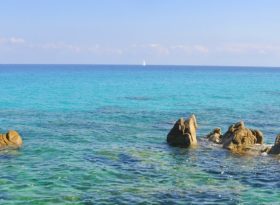
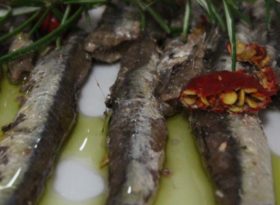
One week calabrian cooking classes: learn traditional cooking with passion
One week Calabrian cooking Classes…
From € 1.350,00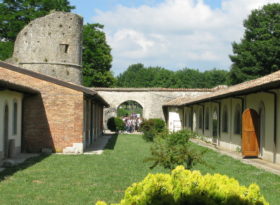
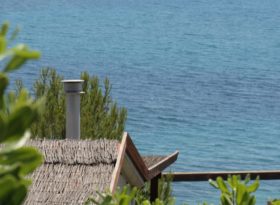
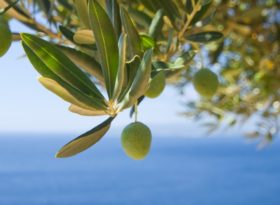
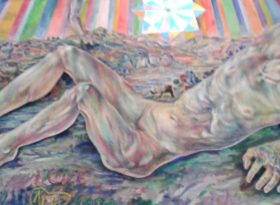
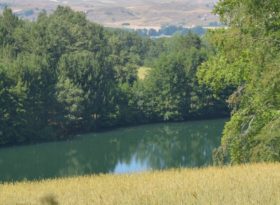
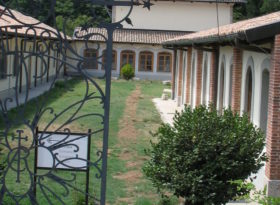
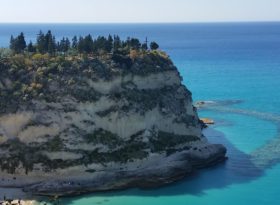
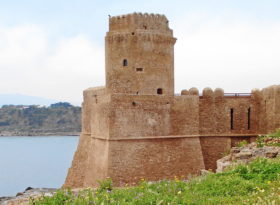
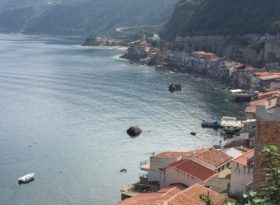
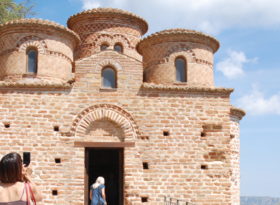
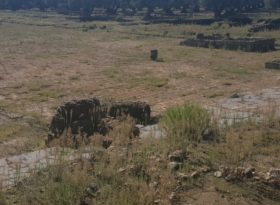
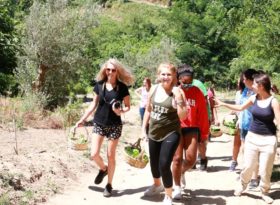
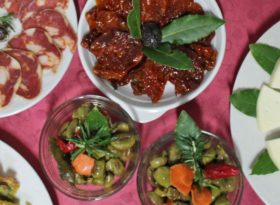
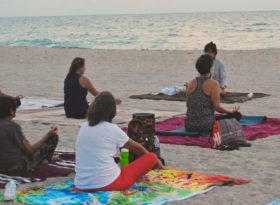
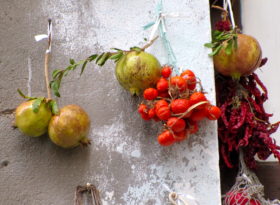
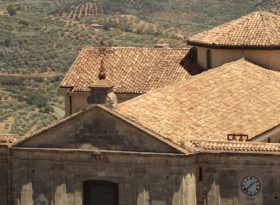

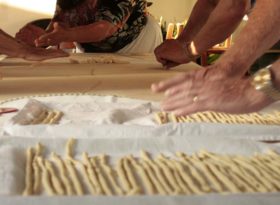
Naviga la mappa e scopri il nostro territorio
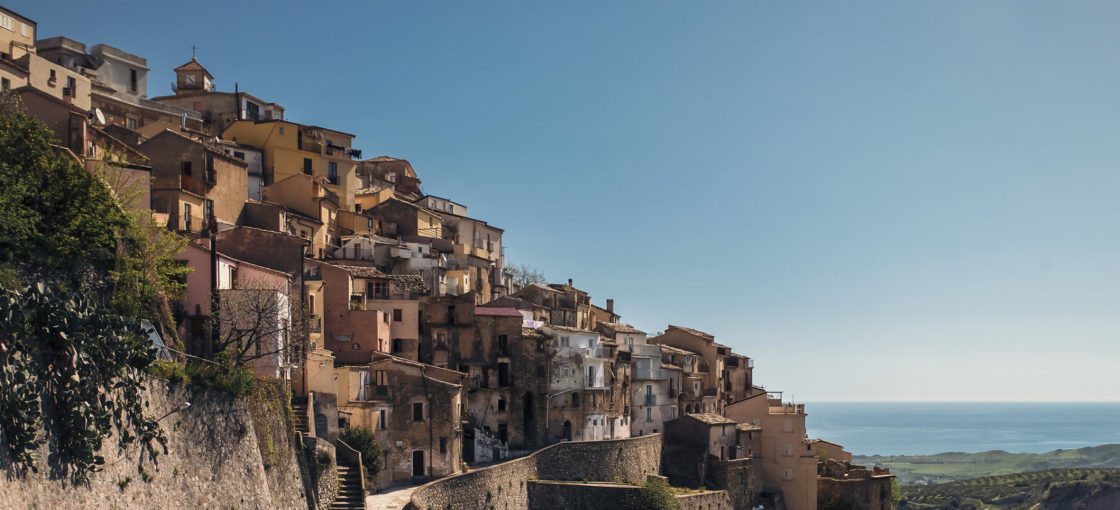 Badolato
Badolato
Badolato, a quaint ancient village where time goes by slowly and the days are fulfilled with simple things and great emotions
Discover More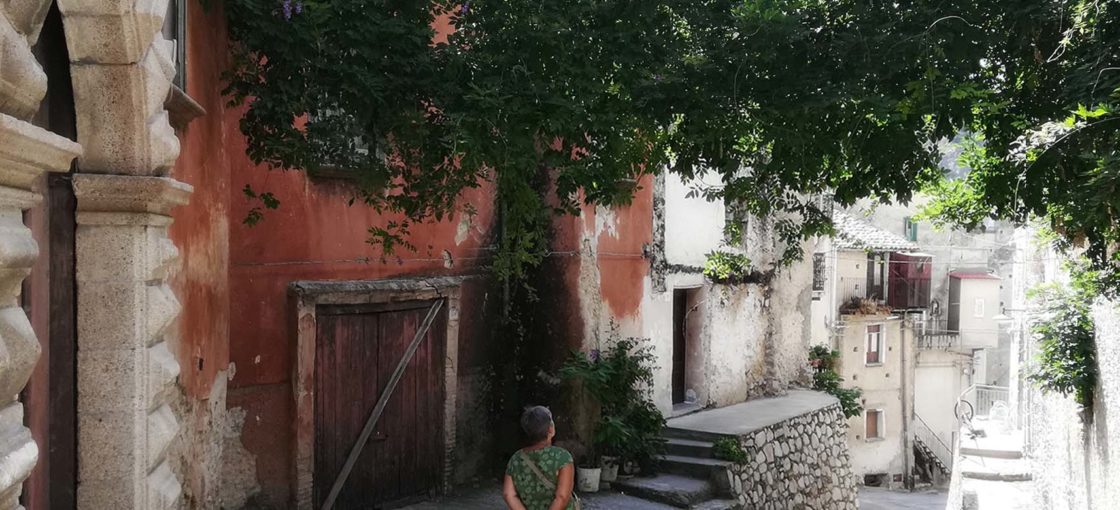 Guardavalle
Guardavalle
Guardavalle is the green of the mountains and the blue of the sea. Guardavalle is a warm welcome, hospitality and smiles.Guardavalle è tradition and folklore. Guardavalle is a treat to yourself
Discover More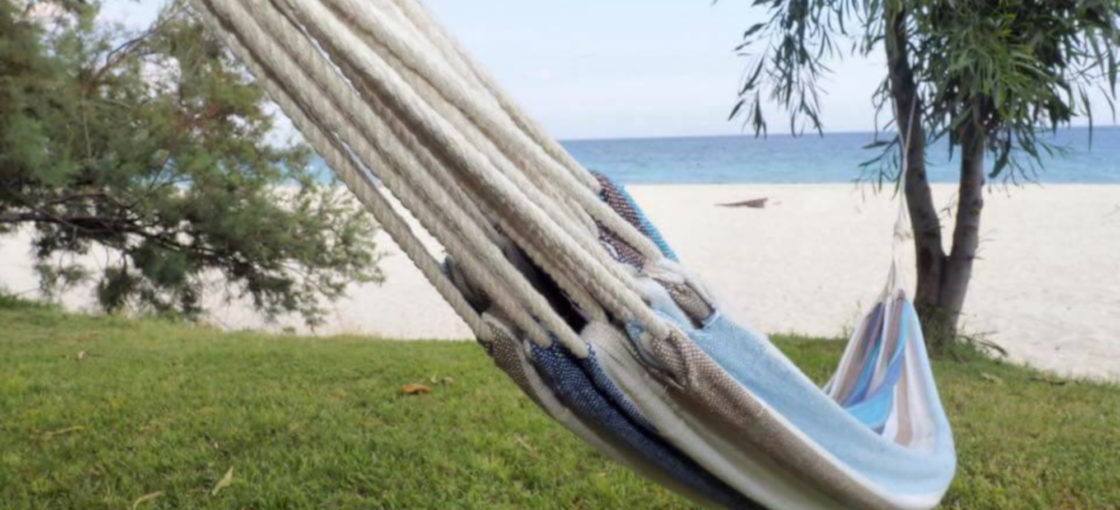 Santa Caterina dello Ionio
Santa Caterina dello Ionio
Santa Caterina dello Ionio, between earth and sea a quaint treasure trove that preserves unaltered influence of a rich past
Discover More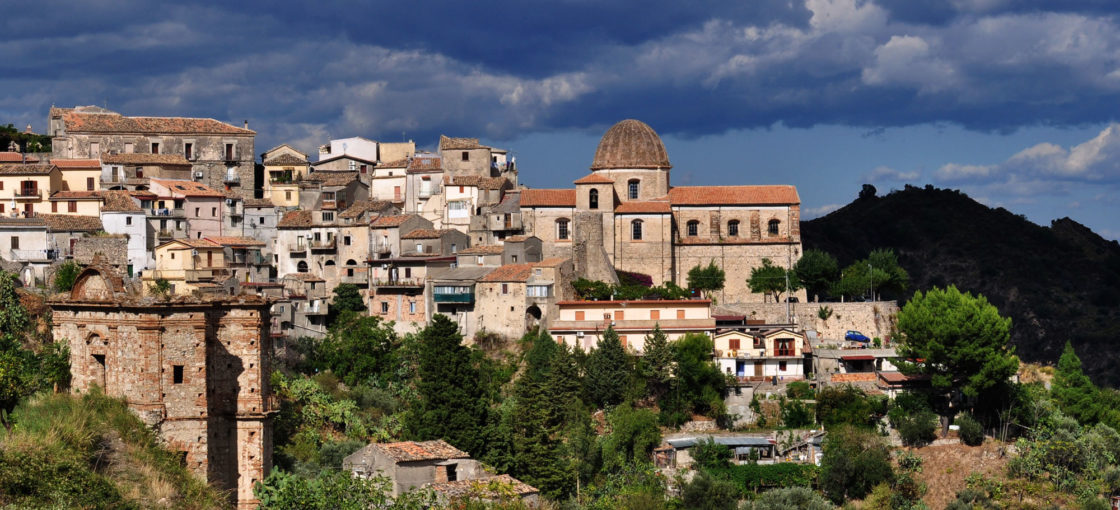 Stilo
Stilo
Stilo is an ancient medieval village that preserves unaltered influences of a past rich in art and culture
Discover More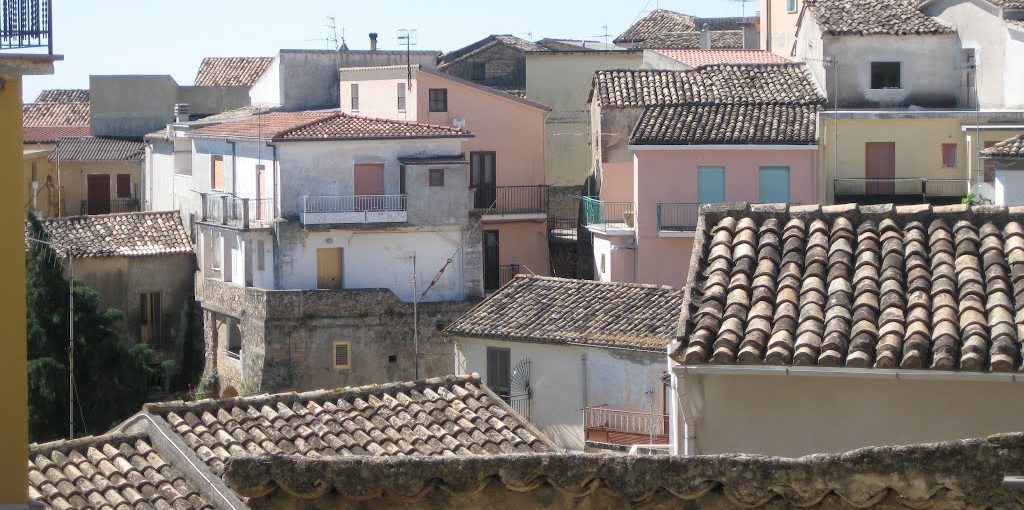 Sant'Andrea Apostolo dello Ionio
Sant'Andrea Apostolo dello Ionio
A town of warm hospitality, authentic food, ancient tradition and timeless culture stands on the iconic Calabrian slopes, between the blue Ionan Sea and green countryside
Discover More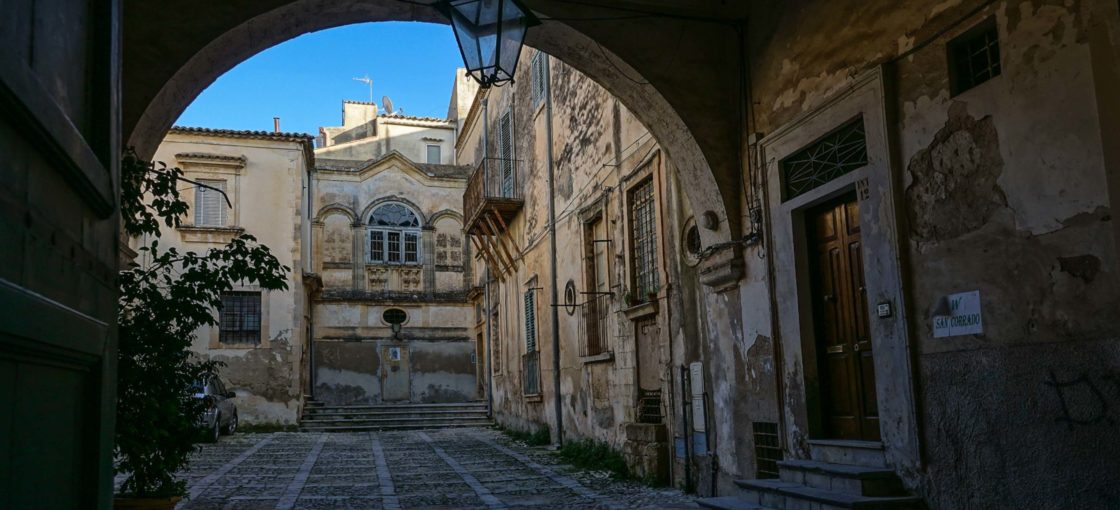 San Floro
San Floro
In San Floro, a village with a heart of hospitality along the evocative Costa degli Aranci, you can rediscover yourself and the value of time
Discover More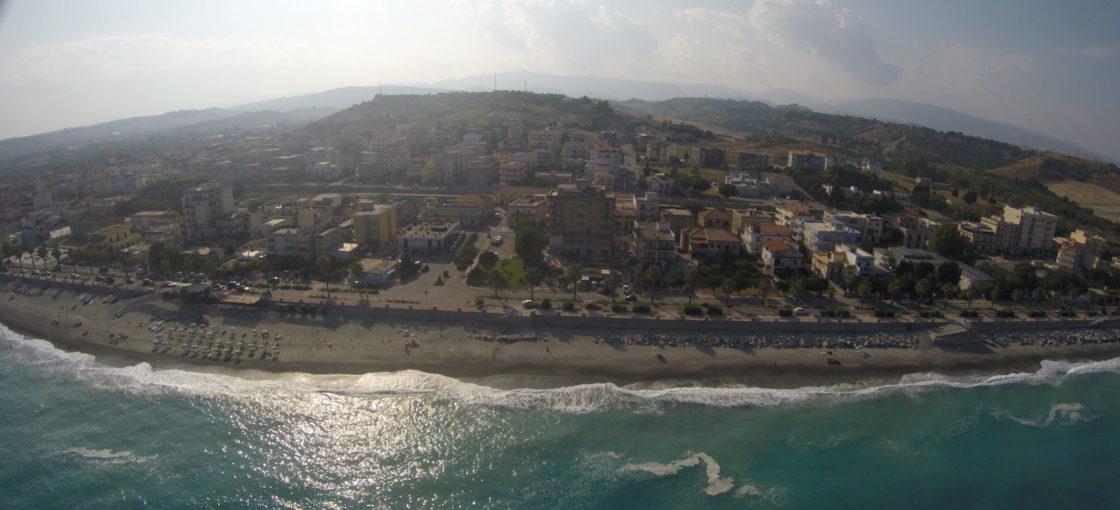 Monasterace
Monasterace
In Calabria, between the sea and the hills, between the deep blue and woody valleys, between the Magna Grecia and Medieval origins, stands a charming town called Monasterace, rich of remarkable artistic and cultural assets.
DISCOVER MORE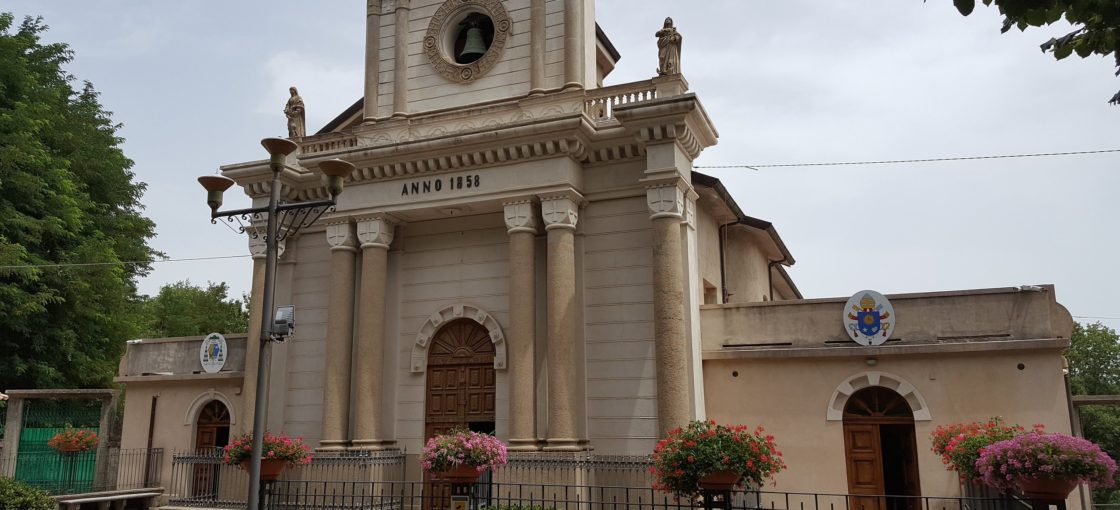 Torre di Ruggiero
Torre di Ruggiero
A journey through the picturesque village of Torre di Ruggiero to find the right peace of the senses, completely immersed in the pure nature of authentic Calabria
Scopri di più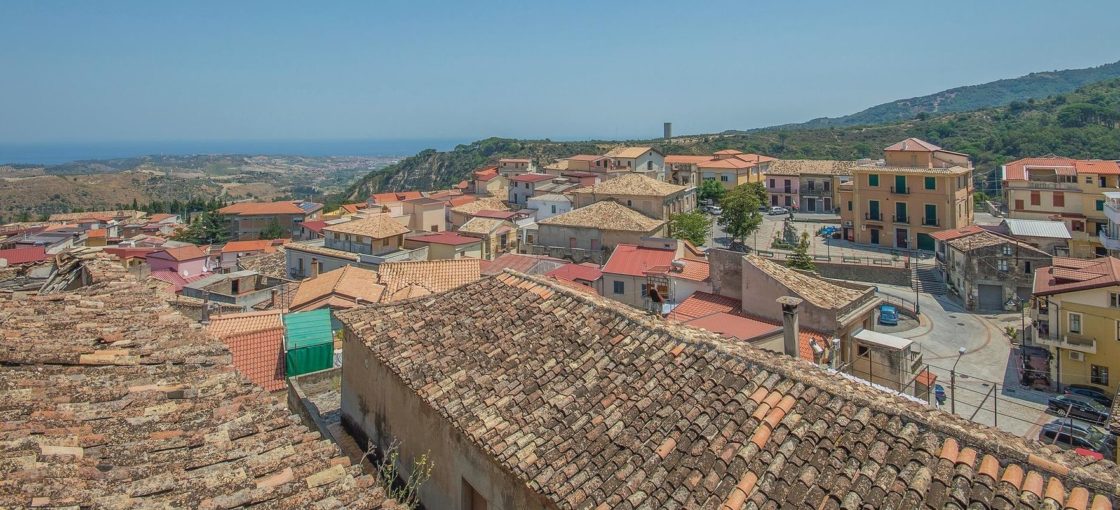 Satriano
Satriano
Satriano is the right location for those people who love enchanted walks through oak woods and mysterious hermits, sun-baths blinded by the glow of the blue waters of the Ionian Sea and its white beaches.
Show more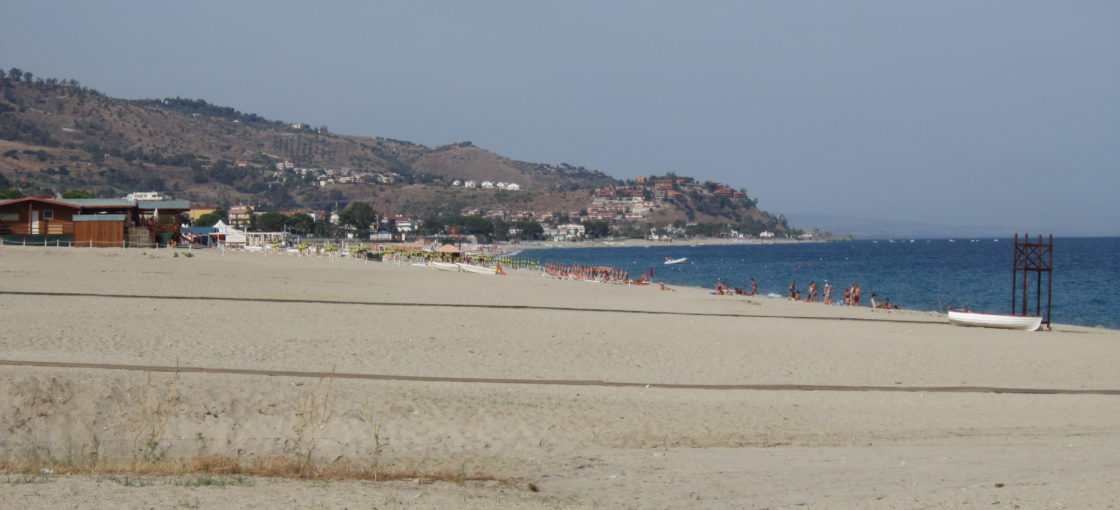 Montepaone
Montepaone
White beaches and fun are the calling card of Montepaone in Europe. A destination also appreciated by those travelers who love authentic experiences
Show more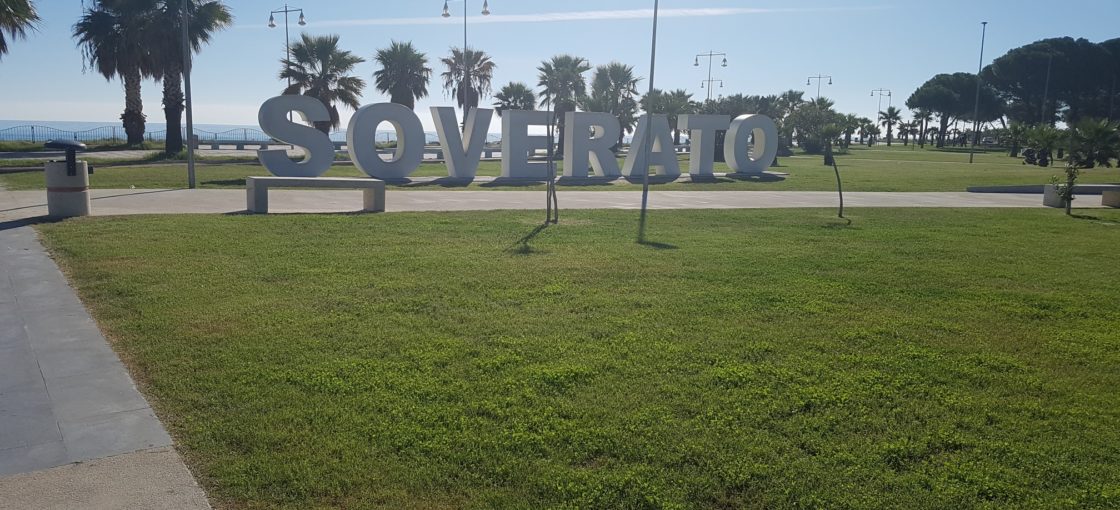 Soverato
Soverato
Soverato is a calabrian sea-town located by the Southern Ionian Coast. Known as “La Perla dell Ionio” it is also considered a sea-holiday capital, a gastronomic and cultural destination
Show more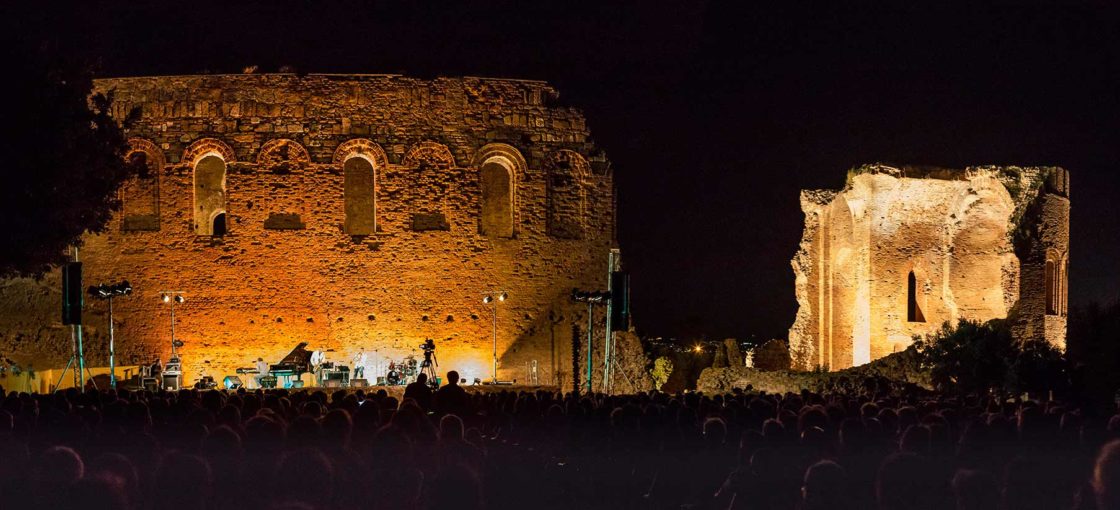 Borgia
Borgia
A full real immersion in the history and culture of the destination of “Riviera e Borghi degli Angeli”.
Show more
